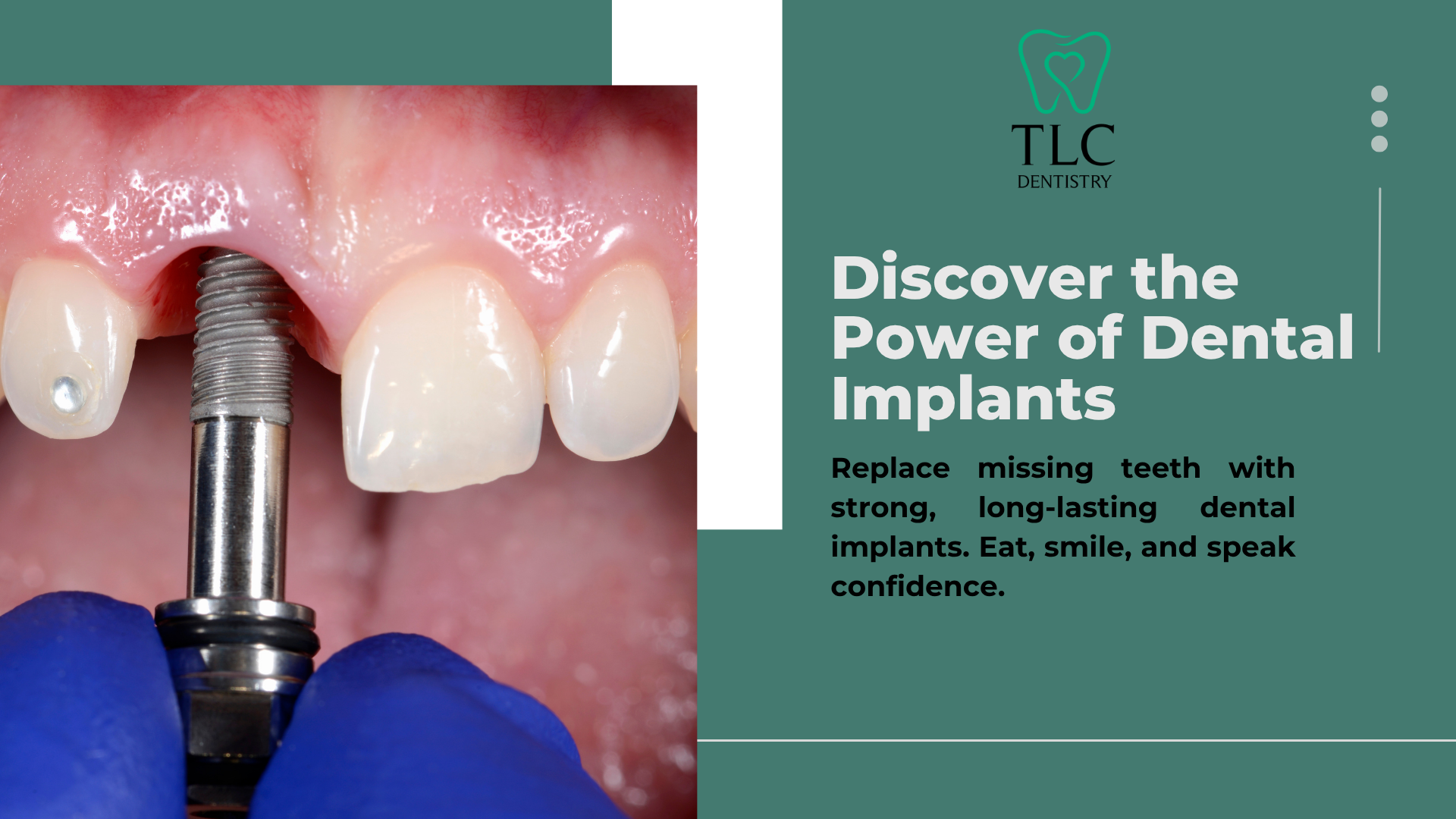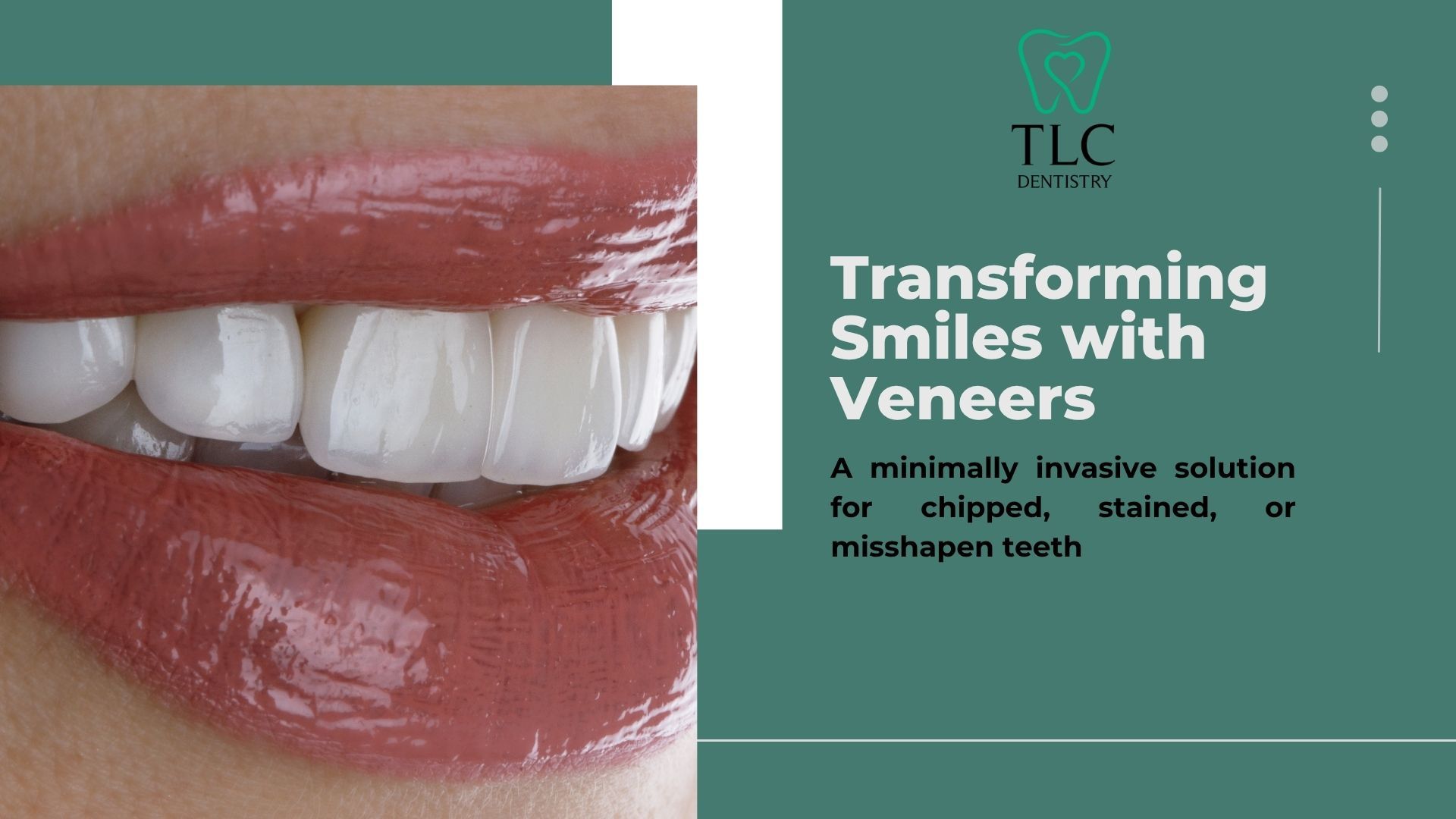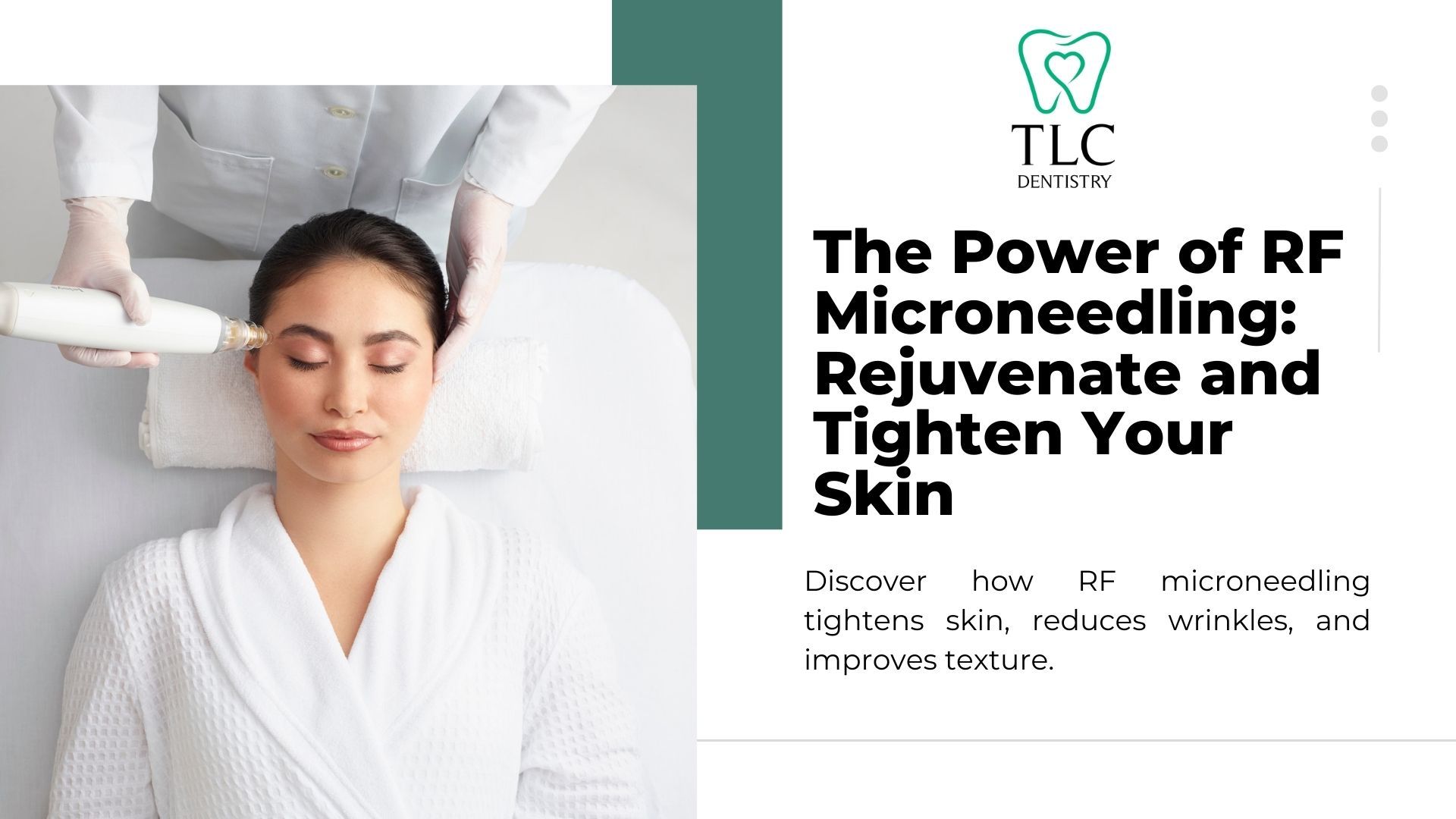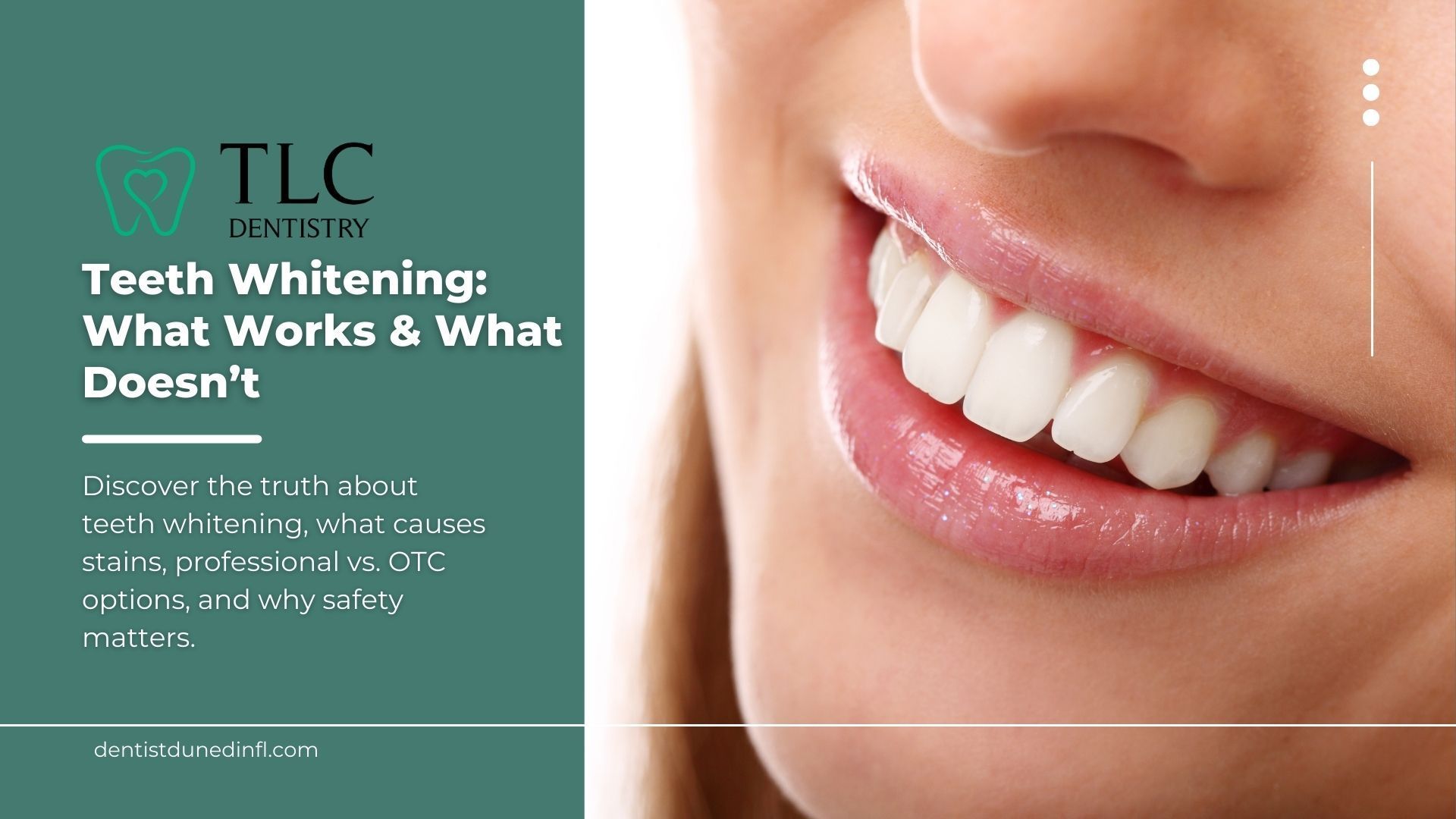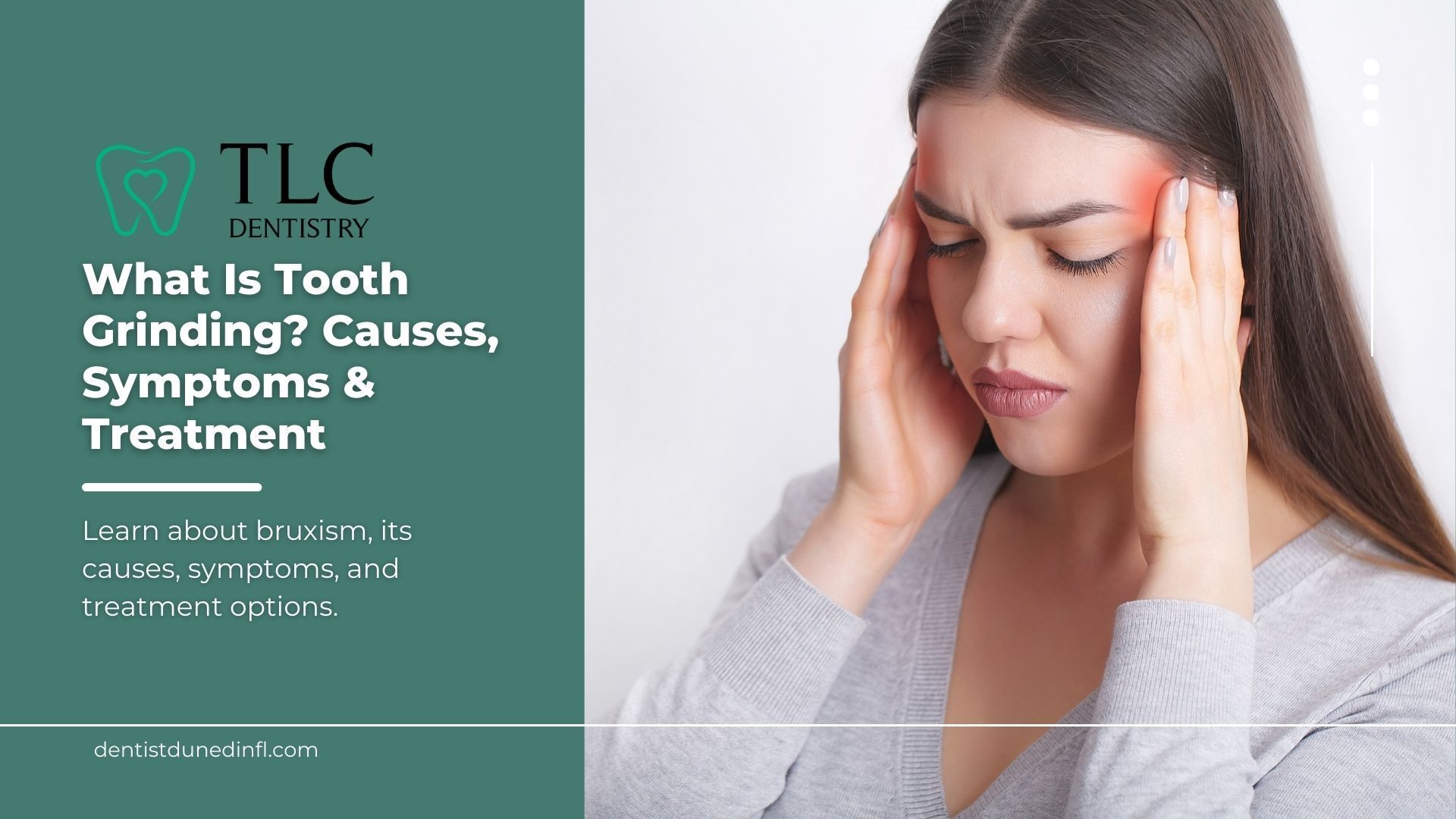Visual Guide to Dental Implants: What Do They Really Look Like?
Understanding Dental Implants
What Are Dental Implants?
Dental implants are artificial tooth roots, typically made of titanium, that provide a permanent base for fixed or removable replacement teeth. They are designed to blend in with your natural teeth and offer a durable solution for tooth loss. At TLC Dentistry, dental implants are a popular choice for restoring smiles and improving oral health.
Types of Dental Implants
There are several types of dental implants available, each suited for different needs:
- Endosteal Implants: These are the most common type and are surgically placed into the jawbone.
- Subperiosteal Implants: These are placed under the gum but above the jawbone, suitable for patients with insufficient bone height.
- Zygomatic Implants: These are the least common and are used when the jawbone is not suitable for other implants.

Benefits of Dental Implants
Dental implants offer numerous advantages, including:
- Improved Appearance: They look and feel like your own teeth.
- Enhanced Comfort: They eliminate the discomfort of removable dentures.
- Better Oral Health: They do not require reducing other teeth, as a tooth-supported bridge does.
- Durability: With proper care, implants can last many years.
- Convenience: They eliminate the need for messy adhesives used with dentures.
Dental implants from TLC Dentistry can significantly enhance your quality of life by providing a reliable and aesthetically pleasing solution for missing teeth.
The Dental Implant Procedure
Initial Consultation and Assessment
The journey to getting dental implants begins with an initial consultation and assessment. During this phase, a comprehensive examination of your oral health is conducted. This includes X-rays and possibly 3D imaging to evaluate the condition of your jawbone and surrounding structures. A personalized treatment plan is then developed to address your specific needs and goals.
Surgical Placement of the Implant
The next step is the surgical placement of the implant. This procedure is typically performed under local anesthesia. The dentist or oral surgeon makes a small incision in the gum to expose the bone, then drills a hole into the jawbone where the implant post will be placed. The implant post, usually made of titanium, is then inserted into the bone. The gum is stitched back over the implant, and a temporary crown may be placed to protect the site during healing.
Healing and Osseointegration
After the implant is placed, a crucial healing period follows. This phase, known as osseointegration, involves the implant fusing with the jawbone, which can take several months. During this time, it's essential to follow your dentist's aftercare instructions to ensure proper healing. Once osseointegration is complete, an abutment is attached to the implant post, and a custom-made crown is placed on top, completing the restoration process.
The success of dental implants largely depends on the patient's commitment to maintaining good oral hygiene and attending regular dental check-ups.
Visualizing the Components of a Dental Implant
The Implant
The implant post is a small, screw-like device that is surgically inserted into the jawbone. This component acts as the root of the artificial tooth, providing a stable foundation for the entire implant structure. Typically made from titanium or zirconia, the implant post is biocompatible, ensuring it integrates well with the bone
The Abutment
The abutment is a connector that is placed on top of the implant post. It serves as the intermediary between the implant post and the crown. The abutment is usually made from metal or ceramic and is designed to support the crown securely.
The Crown
The crown is the visible part of the dental implant that looks like a natural tooth. It is custom-made to match the color, shape, and size of your existing teeth, ensuring a seamless appearance. Crowns are typically made from porcelain or ceramic, offering durability and a natural look.
Understanding the individual components of a dental implant can help you appreciate the complexity and effectiveness of this tooth replacement option.
Comparing Dental Implants to Other Tooth Replacement Options
Dental Implants vs. Dentures
Dental implants and dentures are two popular options for replacing missing teeth.
Dental implants offer a more stable solution,
as they are surgically placed into the jawbone for support, providing a stable foundation that does not move like a traditional denture does. Traditional Dentures,
on the other hand, are removable and may require adhesives to stay in place.
| Feature | Dental Implants | Dentures |
|---|---|---|
| Stability | High | Variable |
| Longevity | 15-25 years | 5-8 years |
| Maintenance | Regular brushing and flossing | Daily cleaning and adhesives |
Dental Implants vs. Bridges
When comparing dental implants to bridges, implants stand out for their ability to preserve the jawbone and adjacent teeth. Bridges require the grinding down of neighboring teeth for support, which can weaken them over time. Implants, however, are independent and do not affect surrounding teeth.
- Jawbone Preservation: Implants stimulate the jawbone, preventing bone loss.
- Impact on Adjacent Teeth: Bridges may compromise the health of adjacent teeth.
- Durability: Implants generally last longer than bridges.
Longevity and Maintenance
Dental implants are known for their longevity and minimal maintenance requirements. With proper care, they can last several decades. Regular dental check-ups and good oral hygiene practices are essential to maintain the health of dental implants. In contrast, other tooth replacement options like dentures and bridges may require more frequent replacements and adjustments.
Dental implants offer a long-term solution with minimal maintenance, making them a preferred choice for many patients.
Post-Procedure Care and Maintenance
Immediate Aftercare
After your dental implant surgery, it's crucial to follow your dentist's instructions for immediate aftercare. This typically includes avoiding hard foods, refraining from smoking, and taking prescribed medications. Proper aftercare can significantly impact the success of your dental implant. You may also need to use an antibacterial mouthwash to prevent infection.
Long-Term Maintenance
Maintaining your dental implants over the long term involves regular dental check-ups and good oral hygiene practices. Brush and floss daily to keep the implant area clean. It's also advisable to avoid habits that can damage your implants, such as chewing on hard objects, or getting a nightguard if you grind your teeth.
Potential Complications and Solutions
While dental implants have a high success rate, complications can occur. Common issues include infection, implant loosening, and gum recession. If you experience any of these problems, contact your dentist immediately. They may recommend solutions such as antibiotics, additional surgeries, or adjustments to the implant.
Consistent care and regular dental visits are essential to ensure the longevity and functionality of your dental implants.
Real Patient Experiences with Dental Implants
Before and After Photos
Before and after photos provide a compelling visual representation of the transformative power of dental implants. These images often highlight the significant improvements in both aesthetics and functionality. Patients frequently report increased confidence and comfort after receiving their implants.
Patient Testimonials
Patient testimonials offer personal insights into the dental implant journey. Many individuals share stories of overcoming initial fears and the positive impact on their daily lives. Common themes include enhanced chewing ability, improved speech, and a natural-looking smile.
Expert Opinions
Expert opinions from dental professionals underscore the reliability and effectiveness of dental implants. Dentists often emphasize the long-term benefits and high success rates associated with this tooth replacement option. They also highlight the importance of choosing a qualified practitioner for optimal results.
Real patient experiences underscore the life-changing benefits of dental implants, from improved oral health to boosted self-esteem.
Frequently Asked questions
What are dental implants made of?
Dental implants are typically made of titanium, a biocompatible material that fuses well with the jawbone
How long do dental implants last?
With proper care and maintenance, dental implants can last a lifetime. However, the crown may need to be replaced every 10-15 years due to wear and tear.
Is the dental implant procedure painful?
Most patients report minimal discomfort during the procedure, which is usually performed under local anesthesia. Post-operative pain can typically be managed with over-the-counter pain medications.
How much do dental implants cost?
The cost of dental implants can vary widely depending on the complexity of the case, the materials used, and the geographic location. On average, a single dental implant can cost between $3,000 and $5,000.
Can anyone get dental implants?
Most adults with good general and oral health are candidates for dental implants. However, certain conditions like uncontrolled diabetes or insufficient bone density may require additional treatments or make implants unsuitable.
What is the success rate of dental implants?
Dental implants have a high success rate, typically around 95%. Success can be influenced by factors such as the patient's health, the quality of the jawbone, and adherence to post-procedure care instructions.
